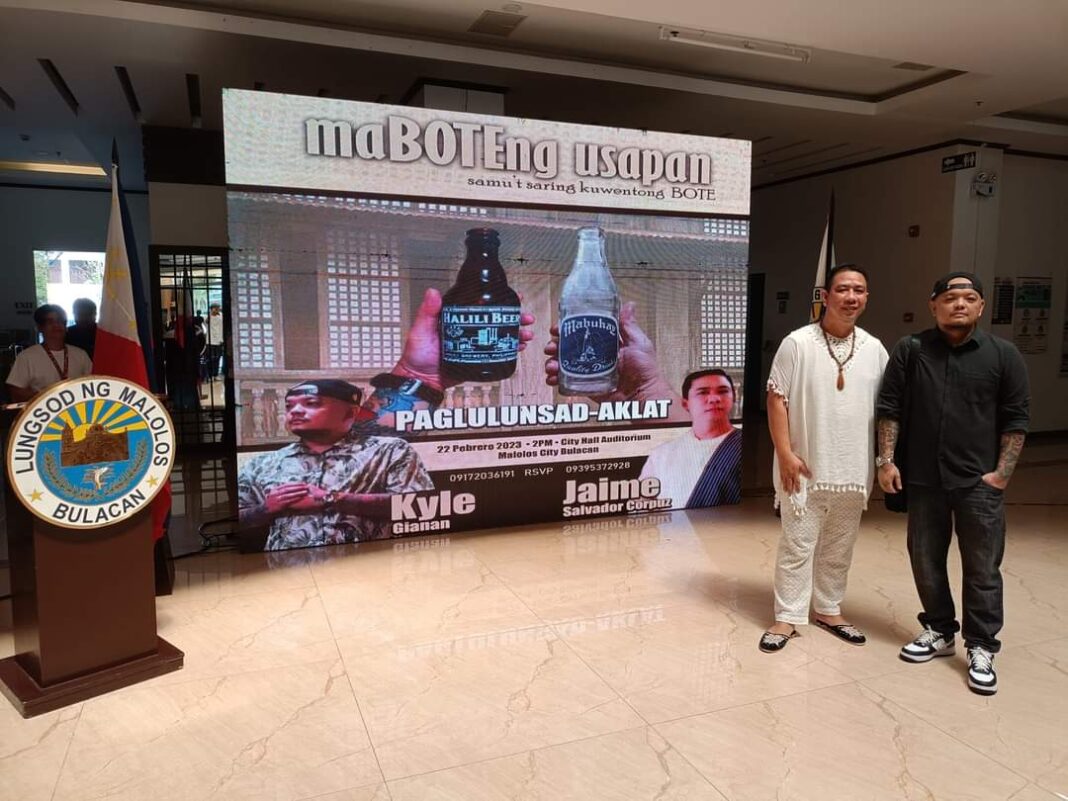
CITY OF MALOLOS—Thirty seven years after the Edsa People Power Revolution on February 25, 1986, a Bulacan historian-book writer and a well-known Filipino Picker reminded the Filipino people of the beverages that quenched the thirts and served as refreshments and power drinks of the rallyists and supporters through the bottles they collected over the years and the significant stories behind them.
Maestro Jaime Salvador Corpuz, a history, culture and heritage icon, book writer and owner of local museum Bahay Makabayan in Marilao town and Filipino Picker Kyle Gianan launched on Wednesday in this city the “maBOTEng Usapan,” the first ever written book about bottles in the Philippines.
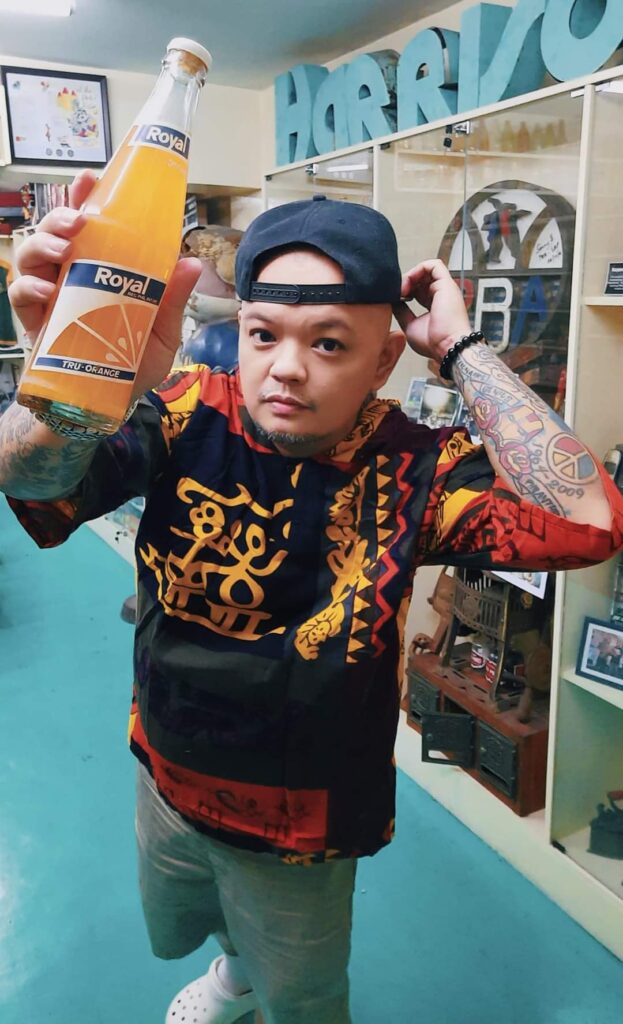
The book discusses about the bunches and dozens of bottles in different eras and decades in the Philippines that were collected and displayed in Bahay Makabayan and in Museo ng Kahapon of Gianan in Mandaluyong City which bore historic and cultural significance as they stood witness in the folds and turns in our country’s history.
“Nakatuon ang nilalaman nito sa ilang natatanging bote at garapon na tumatak at nagdulot ng kasiyahan sa mgakakaibang panahon. Mga kuwentong nagbigay ng inspirasyon, nagtindig ng kagitingan, nagbigay ng ngiti at pumawi ng uhaw sa masalimuot na panahon ng ating kasaysayan. Ito ay isa lamang pagtatangka na maisiwalat ang samu’t saring kuwentong bote mula sa nakalipas na panahon ng ating henerasyon,” (The contents of this book is focused on the unique stories behind glass jars and bottles which have left marks in our history because they gave happiness in different time and season. Stories that gave us inspiration, made us won battles, smiles and quenched our ancestor’s thirsts during the dark times in our past. This is only an attempt to unfold the diverse stories about bottles in the old times that are still part of our generation), Gianan said in the introduction of the book.
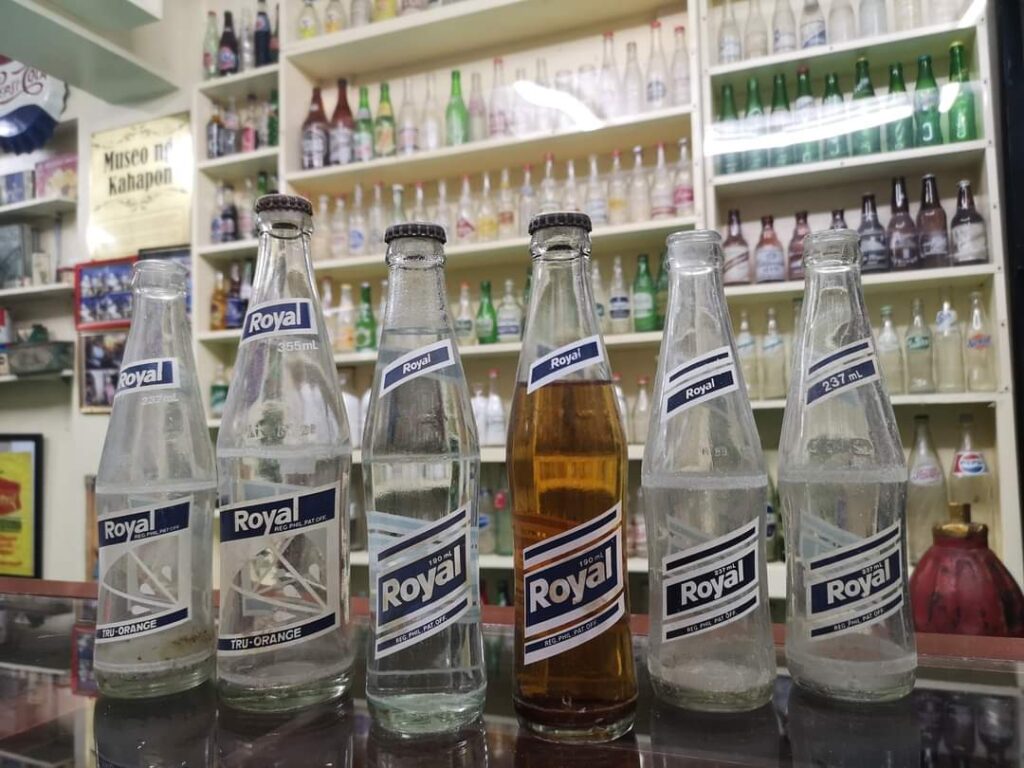
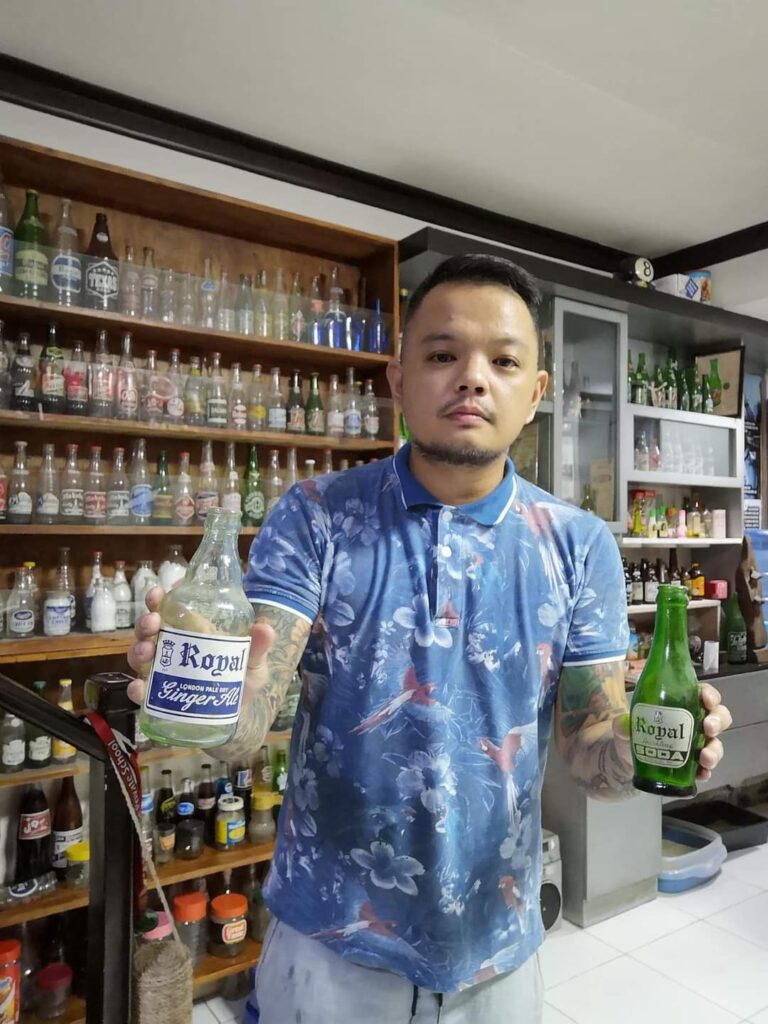
For one, during the Edsa Revolution, “Royal True Orange” soft drinks and its other contemporaries—Coca Cola, Sprite, Pepsi, Sarsi, Cheers, Mirinda were sold and bought in the streets of Edsa that were made as hub and haven by multitude of people for a couple of days.
Royal True Orange, Gianan said was made more famous in the 1980″s by pop singer, actor and rap icon, Master Rapper Francis Magalona. “The Royal True Orange was in the 1980’s. This was the era of Francis Magalona (Francis M.) until the early 1990’s. Even Herbert Bautista and Panchito were also made commercial models of Royal,” he said.
For beers and hard drinks, San Miguel Beer Pale Pilsen including Gold Eagle Beer, both made by San Miguel Beer Brewing International (the company’s name during that time) were already on its peak, says Gianan.
According to Corpuz, the Filipino people known as resilient and with a joyous heart in recovering from challenges and trials always look something to drink that would cheer them up and remove their feeling of sorrows, would refresh and give them something to smile for.
“Tayong mga Filipino ay kilalang maasayhin at pagkatapos ng ating mga pighati at gusot sa buhay ay naghahanap tayo ng iinumin na makakasalo natin at sasamahan tayo upang tayo ay sumiglang muli o ma-refesh. Kahit na nagsimula sa America at sa Europe ang mga soft and hard drinks na ito, ito ay ginawang Filipinized ng mga kompanya natin sa bansa at tinangkilik naman nating mga Filipino,” (We Filipinos are known to be joyful as we recover from the challenges and complications that beset us and we look for drinks, soft and hard that would keep our company in these times and during our distress and sorrows. Although the companies that made these soft drinks and beers and other beverages started in the United States and in Europe, it was Filipinized by local companies and in turn were patronized by our people), he said.
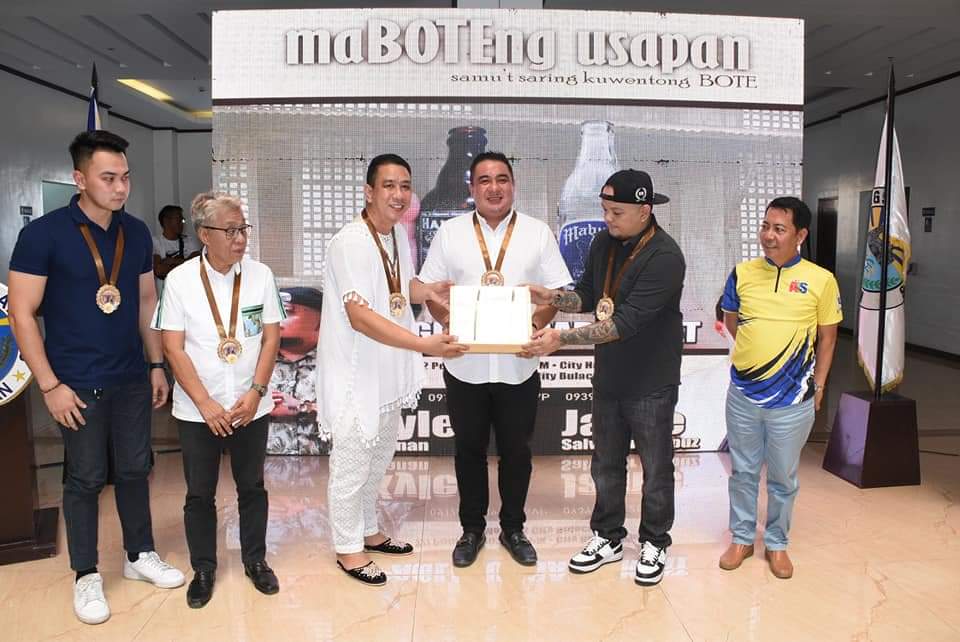
Bottles of our past also allow us to learn about our economy in the past, the commercial system amd exactly how the beverage industry played during the old times.
Corpuz said the book being the first of its kind in the country was launched in City of Malolos being the birthplace of the First Philippine Republic in Asia following the ratification of the Malolos Constitution on January 23, 1899 but which was crafted during the Malolos Congress on September 15, 1898.
According to the forty two year old Pinoy Picker, several writers have tried writing a book of the same kind but failed and it took him and Corpuz three years to write and finish it.
Gianan started picking bottles in 2012 when he was just 31 years old. His first interests were antique radio, TV, paintings, etc. which he kept in Museo ng Kahapon. At no time, he switched into bottles because it does not require huge spaces unlike the old appliances.
The first jar he picked was the Magnolia for the chocolate drink. “It was just a nostalgia collection at first until it has become are hard core collection of rare jars and bottles,” he said.
The forty two year old Filipino Picker said that bottles are rich in history because it represents an era in our past. “Each bottle tells us a story about the owners, what company or who are the families that own it, what placed the product was made. During earlier times and unlike today, the year, date and place of manufacture were embossed. Today, the bottles were made only in generic forms and style.,” said.
According to Gianan, the previous tradition of using bottles in commerical markets and industries is now a dying craft as the presentfood and beverage business today relies more in plastics and tetra packs.
He said the Sting energy drink bottles that are now in the market with the marking and design of Pinoy World Boxing Champ Manny Pacquiao would be something of real value in 30 years. He said a similar of its kind should already be collected at this time.
The book is divided in three parts with the first one discussing about the evolution of beverages “maBOTEng usapan,” that featured “Apple Cidra,” a menu ingredient which was first introduced in the world in 1965 and brought in the Philippines in 1969, “Ginger Beer” in the suceedings years, “YES COLA,” Avenue soft drinks, Balintawak Beer Brewery Pilsener Beer, BBB Beach Beer, Bantayan Coke bottles in 1945-46, Ideal(EeeeedJAL) beverages, Ginebra San Miguel Kuwatro Kantos and Bilog, and Lapad.
The Halili Beer in Bulacan owned by late former Bulacan Governor Fortunato Halili of Sta. Maria town also made the Goody Root beer and the Mission Orange.
In the book it says that in 2008, during the M/V Princess of the Stars Tragedy in Romblon took place where 800 people died, the coasts guard of the Philippine Navy used Ginebra Gin as formalin after they ran out of supply of the real formalin.
Isuan soft drinks also rose after the World War II. But in the 1920’s, the line of Sibul soft drinks of Francisco Lopez and Pablo Ignacio in San Miguel, Bulacan “Sarzapailla,” Tonic-Kola, Chocolata Cream were also made. In 1924, Mactan ineral and Medical water were also manufactured.
Also in the 1920’s Magnolia products, “Ang Gatas at Tsokolayt ng Pinoy,” made by San Miguel Brewery were a top hit in the country. They also have Cottage Cheese, Choco-Vim, etc.
There was the Rum Cuna, the Philippines Best Selling Rum in the 1950,s and the soft drinks Sarsi, “Ang Sarsaparilla ng Bayan,” Cosmos and San Miguel Beer as the “Sagisag ng Pambansang Serbesa”.
The Pepsi Cola, Lorins Patis and Rufina Especial Patis and the “Pambihira Patis” and the “Tubig Mineral of Marilao” including its other beverage Cream Cola Special and O-so beverages.
The book also features Mabuhay at Malayan Beverages, Manila Beer, The Royal True Orange soft drinks in the 1980’s and the products of Baguio and Bataan with its, Bataan Sarsaparilla soft drinks.
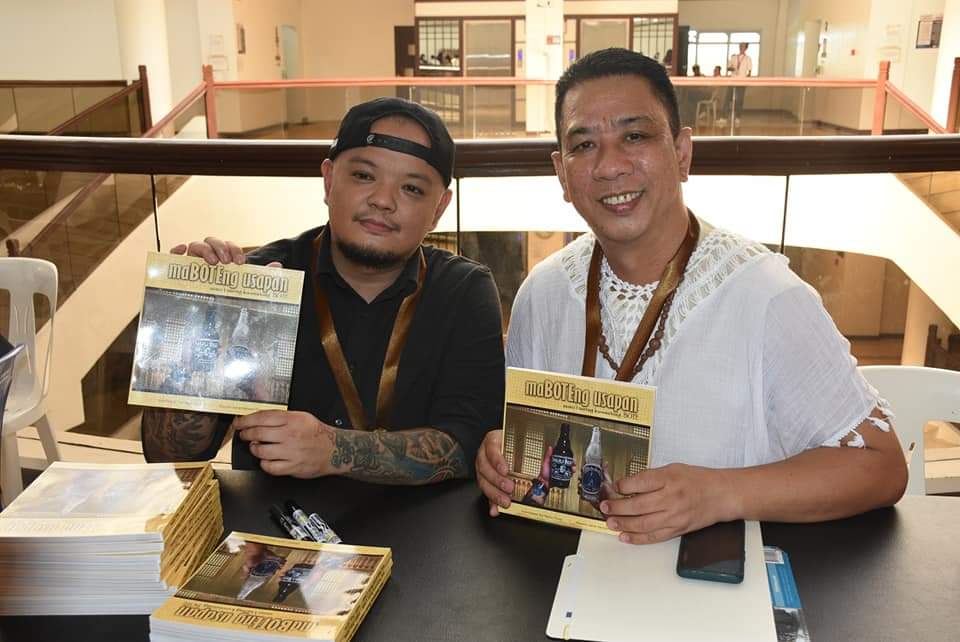
The soft drink beauties and the TV commercials during the 70’s, 80’s and the 90’s and year 2000 were also featured including print ads.
Mayor Christian Natividad who graced the event held at the Auditorium of the Malolos City Hall said the book re-creates the history and culture of the Filipino especially for the present youth generation.
The mayor said he will see to it that Malolos folks particularly the young people will have copies in their schools and libraries for them to go back and learn from the past while they are enjoying the tales and stories of the different eras and decades in the country through the slavaged bottles in the junk shops.
Philippine Historical Society member Edgar Allan Sembrano, who also writes for the lifestyle section of the Philippine Daily Inquirer considers he book a novelty subject
Sembrano said the work is a very important piece and would becone a valuable collection in numerous libraries in the country because it discusses the history and culture of our society behind each of the bottlees and which gives us pride of place and pride of identity.
Sembrano hails the book for also featuring the bottled Alcohol product made by Desteliria Limtuaco during the heights of the 2020 COVID-19 pandemic.






